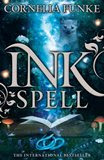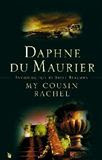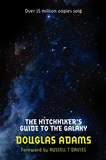
4.3 Miles from Nowhere is where five teens find themselves after running out of petrol – and phone battery – on their way to a fancy dress party. It is, in a sense, a modern-day fairy tale which reminds us that sometimes we have to get lost before we can be found.
The play succeeds in capturing that teenage sense of confusion and the pressure of expectation that we all feel at one point or another as it seeks to explore our own ideas of independence and freedom.
Through the course of the night, each character finds themself wrestling with their self-confidence as they flirt, chat, drink, sing, dance and ponder. As morning dawns, so does the realisation that just being yourself isn’t so bad.
A nice element of the play is the variety between the characters and their frustrations, from family expectation to chatting up girls. Each of the five is fed-up of having to behave in a particular way and after the initial panic of being stranded in the woods wears off, they come to accept that it has in fact given them some sought-after respite from the roles they all play.
The themes touched upon here are well –trodden and there’s no real surprise in the direction the performance takes. Nonetheless, it’s an enjoyable hour with curious characters, solid acting, amusing dialogue and an emotive supporting folk-band to help walk us through the narrative.
4.3 Miles from Nowhere is mischievous, whimsical and cheeky, if not altogether original and although there is only so much you can learn about five characters in 60 minutes, you leave feeling like you have been on a journey of self-discovery with each of them.
3 stars



















